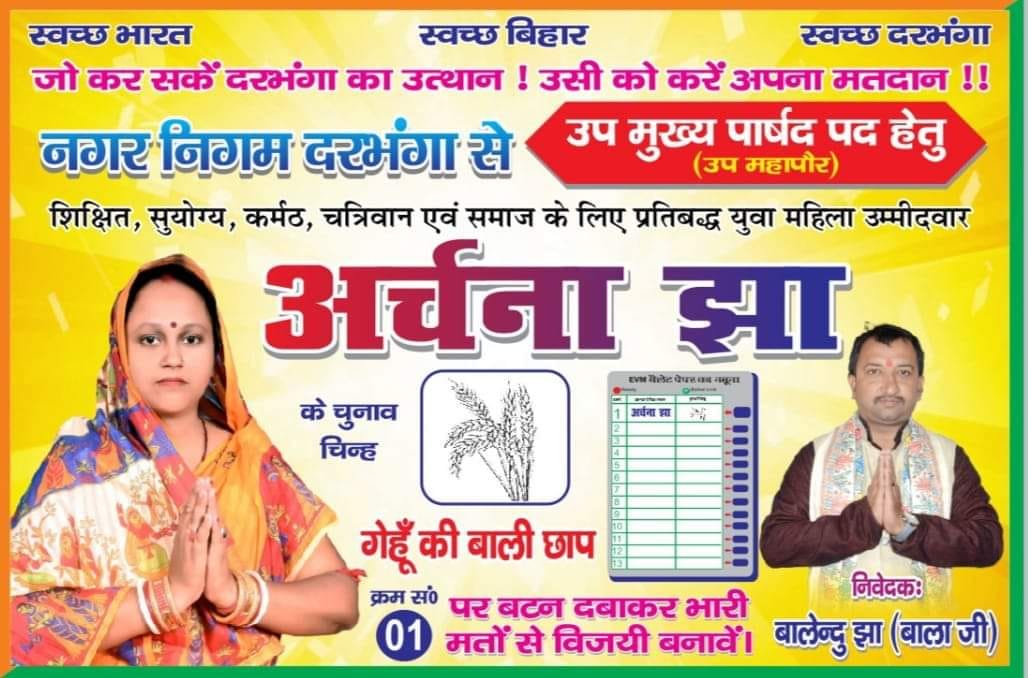
Darbhanga Ward No 28, with population of 8426 is Darbhanga city’s the 4th most populous ward, located in Darbhanga sub district of Darbhanga district in the state Bihar in India.
Demographics
The ward is home to 8426 people, among them 4406 (52%) are male and 4020 (48%) are female. 93% of the whole population are from general caste, 7% are from schedule caste and 0% are schedule tribes. Child (aged under 6 years) population of Darbhanga Ward No 28 is 15%, among them 51% are boys and 49% are girls. There are 1601 households in the ward and an average 5 persons live in every family.
Growth of population
Population of the ward has increased by 49.3% in last 10 years. In 2001 census total population here were 5644. Female population growth rate of the ward is 58.1% which is 16.1% higher than male population growth rate of 42%. General caste population has increased by 71.3%; Schedule caste population has decreased by -43.6%; Schedule Tribe population has decreased by -58.3% and child population has increased by 39.9% in the ward since last census.
Sex Ratio – Females per 1000 Male
As of 2011 census there are 912 females per 1000 male in the ward. Sex ratio in general caste is 913, in schedule caste is 917 and in schedule tribe is 250. There are 963 girls under 6 years of age per 1000 boys of the same age in the ward. Overall sex ratio in the ward has increased by 93 females per 1000 male during the years from 2001 to 2011. Child sex ratio here has increased by 101 girls per 1000 boys during the same time.
Literacy
Total 5347 people in the ward are literate, among them 3027 are male and 2320 are female. Literacy rate (children under 6 are excluded) of Darbhanga WARD NO.-0028 is 74%. 80% of male and 68% of female population are literate here. Overall literacy rate in the ward has decreased by 1%. Male literacy has gone down by -3% and female literacy rate has gone up by 8%.
Workers profile
Darbhanga WARD NO.-0028 has 27% (2298) population engaged in either main or marginal works. 45% male and 8% female population are working population. 37% of total male population are main (full time) workers and 8% are marginal (part time) workers. For women 5% of total female population are main and 2% are marginal workers.








